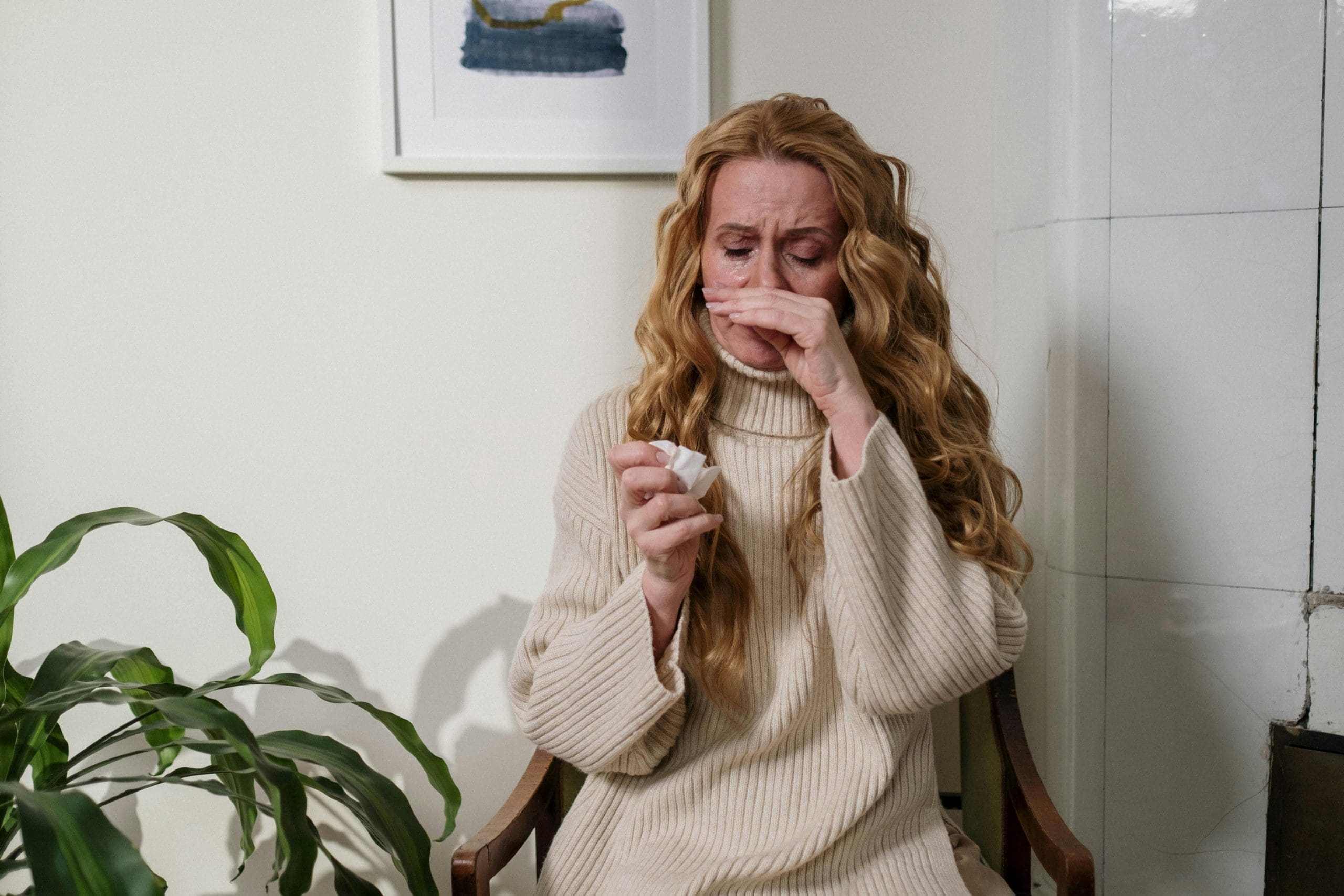Multiple chemical sensitivity (MCS) is a chronic hypersensitivity in which exposure to low levels of common substances—such as household cleaning agents, pesticides, fresh paint, new carpeting, newsprint, and perfume—causes mild to debilitating symptoms in multiple organ systems. Researchers estimate that 12% to 18% of the U.S. population has some level of chemical sensitivity—the majority of whom are women. Typically, onset of the illness is between ages 30 and 50; the illness appears most often among individuals who have experienced chronic chemical exposures. The incidence of MCS has continued to rise since the 1940s, which many researchers attribute to the significant rise in global production of synthetic organic chemicals.
MCS has many names, and controversy exists regarding whether the condition has physiologic or psychogenic origins. MCS has also been referred to as environmental illness, total allergy syndrome, chemical hypersensitivity, idiopathic environmental intolerance, and 20th-century disease. Since the connection between symptoms and cause is usually unverifiable through laboratory analysis or other standard diagnostic tools, diagnosis of MCS is difficult for clinicians, and no standard definition of MCS exists. Further complicating diagnosis, many of the most common MCS symptoms (fatigue, heart palpitations, sweating, and difficulty concentrating) mirror those necessary for the diagnosis of various psychosomatic and psychiatric disorders, including depression, somatoform disorders, panic disorder, and agoraphobia.
MCS is considered an acquired disorder, initiated by exposure to a chemical that induces a lack of tolerance to it. Initial physical reactions can be mild to severe and may include a wide variety of symptoms, including mucous membrane irritation of the eyes, nose, and throat; chest tightness; dry and itching skin; and nasal congestion. Initiation can be the result of indoor air contaminants, chemical spills, or pesticide applications. Research findings show that people spend approximately 90% of their time indoors; therefore, indoor air contaminants are expected to be the most common source of exposure causing MCS initiation.
One primary cause of indoor air contamination is a sick building, which is a tightly sealed, energy-efficient structure with various toxins and biological pollutants trapped inside and repeatedly circulated via central heating and cooling systems. High levels of volatile organic compounds released from particle board desks, furniture, carpets, glues, paints, and office machine toners (from printers and photocopiers) are found in sick buildings, and chronic low-grade exposure to these contaminants may lead to sick building syndrome (SBS). SBS is characterized by mucous membrane irritation of the eyes, nose, and throat; chest tightness; skin complaints (dryness, itching, and redness); headaches; fatigue; lethargy; coughing; asthma; chronic nasal congestion; infections; and emotional irritability. Researchers have confirmed that SBS can lead to MCS and asthma.
Following the initiation phase, researchers believe MCS is triggered when the individual becomes sensitized to a wider range of substances. Once an individual develops MCS, symptoms can include coughing, wheezing, dyspnea, chest pain, heart palpitations, depression, GI problems, headache, lack of concentration, joint and muscle pain, fatigue, malaise, short-term memory loss, confusion, dizziness, fever, skin disorders, and eye, nose, or throat irritation. Symptom triggers include artificial fragrances, fresh paint, ink, newsprint, alcohol, cigarette smoke, pesticides, rubber, formaldehyde, and odors emitted as a result of outgassing from new synthetic materials (carpeting, clothing, furniture, and building materials). Additionally, some individuals with MCS may not tolerate aspirin, nonsteroidal anti-inflammatory drugs, synthetic vitamins, or sulfonamides.
A majority of patients experience escalation of the condition over time, in which they become sensitized to an increased number of chemicals at lower levels of exposure with a longer reaction time, worsened severity, and a broader range of symptoms.
The most effective way to treat MCS is avoidance of toxins that cause the individual to react, which is extremely difficult today. Living in chemical-free environments in an effort to manage MCS dramatically restricts an individual’s lifestyle and may be impractical. Additional research is warranted to improve the understanding of MCS and to gain insight into its prevalence, treatment, and early detection.
Katie Slavin is a Senior Staff Specialist in ANA’s Center for Occupational and Environmental Health.


















